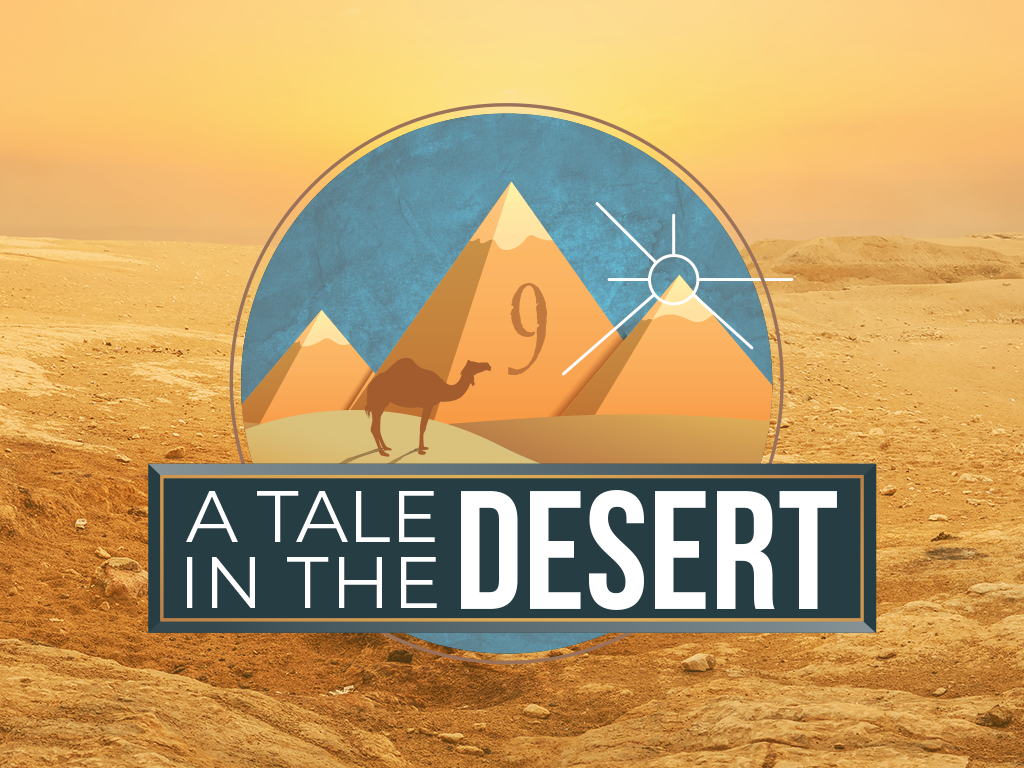

For half my life, I never stopped to wonder: How much was magic? How much was plunder? I grew up in the suburbs where our playgrounds were named after the pioneers of fruit and canals of irrigation shot through our neighborhoods to the farms we did not know. My father, born in a vineyard outside Fresno, was a raisin grower before he became a bar owner. My grandfather, a survivor of the Armenian genocide, traveled 7,000 miles by ship and train in 1920 to find out if his uncle’s exhortation - “The grapes here are the size of jade eggs” - was true. I pity the outsider trying to make sense of it. One million acres of the valley floor, greater than the size of Rhode Island, are now covered in almond trees. The more water he got, the more crops he planted, and the more crops he planted, the more water he needed to plant more crops, and on and on. Down the great aqueduct, by freight of politics and gravity, came the excess waters of the Sacramento River. As he bled the aquifer dry, he called on the government to bring him an even mightier river from afar. Once he finished grabbing the flow of the five rivers that ran across the plain, he used his turbine pumps to seize the water beneath the ground. He did this first in the name of wheat and then beef, milk, raisins, cotton, and nuts. He emptied the sky of tens of millions of geese and drained the 800 square miles of Tulare Lake dry. He leveled its hog wallows, denuded its salt brush, and killed the last of its mustang, antelope, and tule elk. The farmer corralled the snowmelt and erased the valley, its desert and marsh. Every river busting out of the Sierra was bent sideways, if not backward, by a bulwark of ditches, levees, canals, and dams. The hillocks that existed back in Yokut Indian days were flattened by a hunk of metal called the Fresno Scraper. One of the most dramatic alterations of the earth’s surface in human history took place here.


There’s a mountain range to my left and a mountain range to my right and in between a plain flatter than Kansas where crop and sky meet. To find its flow, I’d have to go looking in a thousand irrigation ditches in the fields beyond. Twenty miles outside Fresno, I cross the Kings, the river that irrigates more farmland than any other river here. Deadly in the rush of harvest, deadly in the quiet of fog, deadly in the blur of Saturday nights when the fieldwork is done and the beer drinking becomes a second humiliation. Ninety-nine is the deadliest highway in America.
#Tow into twine a tale in the desert drivers
The big-rig drivers are cranky two ways, and the farmworkers in their last-leg vans are half-asleep. I stick to the left lane and try to stay ahead of the pack. The harvest begins in January with one type of mandarin and ends in December with another type of mandarin and in between spills forth everything in your supermarket produce and dairy aisles except for bananas and mangoes, though the farmers here are working on the tropical, too. More often than not, it is hauling away some piece of the valley’s bounty. Pink and white oleanders divide the highway, and every third vehicle that whooshes by is a big rig. Tracts of houses, California’s last affordable dream, civilize three or four exits, and then it’s back to the open road splattered with the guts and feathers of chickens that jumped ship on the slaughterhouse drive. The highway runs two lanes here, three lanes there, through miles of agriculture broken every 20 minutes by fast food, gas station, and cheap motel. The GPS tells me to take Interstate 5, the fastest route through the belly of the state, but I’m partial to Highway 99, the old road that brought the Okies and Mexicans to the fields and deposited a twang on my Armenian tongue. How has he managed to outwit nature for so long? This is where the biggest irrigated farmer in the world - the one whose mad plantings of almonds and pistachios have triggered California’s nut rush - keeps on growing, no matter drought or flood. I’m headed to the valley’s deep south, to a little farmworker town in a far corner of Kern County called Lost Hills. On a summer day in the San Joaquin Valley, 101 in the shade, I merge onto Highway 99 past downtown Fresno and steer through the vibrations of heat.


 0 kommentar(er)
0 kommentar(er)
